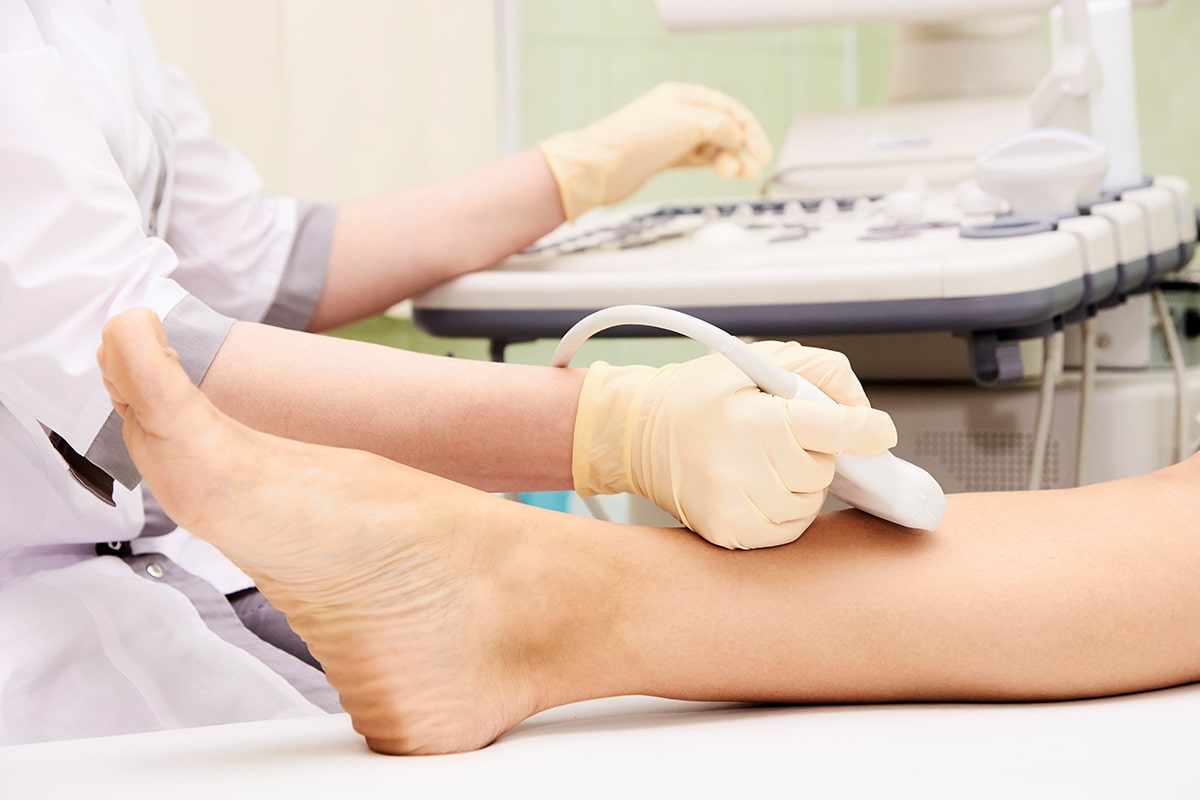Peripheral Arterial Disease
Peripheral arterial disease (PAD) in the legs or lower extremities is the narrowing or blockage of the vessels that carry blood from the heart to the legs. It is primarily caused by the buildup of fatty plaque in the arteries, which is called atherosclerosis. PAD can happen in any blood vessel, but it is more common in the legs than the arms.
What are the risk factors for PAD?
- Smoking
- High blood pressure
- Atherosclerosis
- Diabetes
- High cholesterol
- Age above 60 years
Both men and woman are affected by PAD; however, African Americans have an increased risk of PAD. Hispanics may have similar to slightly higher rates of PAD compared with non-Hispanic white people. Approximately 6.5 million people age 40 and older in the United States have PAD.
Other health conditions and disorders of arteries can mimic the symptoms of PAD, and not all PAD is due to atherosclerosis.
If you have PAD, you are at risk for developing coronary artery disease and cerebrovascular disease, which could lead to a heart attack or stroke.
Source: www.CDC.gov




